
A common question that we receive in Blender 3D Architect is about the hardware to render in Cycles. Some artists choose to get the “best” available GPUs to get started, but it might not be the best cost effective choice. You can start to gather “data” about the hardware used for architectural visualization by analyzing other artists projects.
Besides looking for settings or tips about how an artist goes from a simple idea to a finished render, you can also look for hardware specifications and render times. That might be useful for comparison purposes and may guide you on a future hardware upgrade.
One of the latest devices released by Nvidia and that probably will boost your Cycles performance is the GeForce GTX 1080. This incredibly expensive GPU has 2560 CUDA cores, which should be enough to cut render times in Cycles.
Even with all those cores the board still struggles to reduce render times for some scenes. Take a look into this project created by ArchWiz and shared at the Blenderartists user forums. From the description, you can notice that 4000 samples took two and a half hours to render.
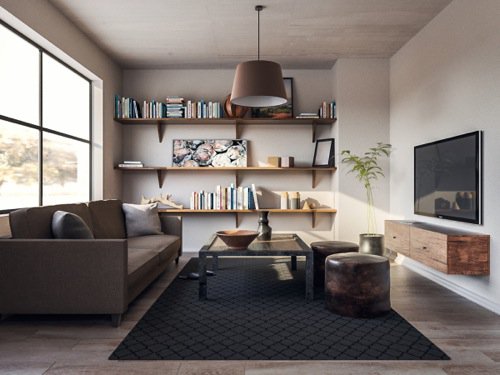
There is no mention about image size for the render, but using a powerful GPU like the GeForce 1080 you could expect lower render times. One thing you will notice from several benchmark tests with several types of GPUs is that a significant leap in hardware can result in minutes of improvement.
For instance, take a look at the Cycles benchmark database. There you will find reports from several artists for all kinds of hardware. Sometimes an upgrade to a mid-range model can worth more for architecture. In the games realm, it may be the different to get that 60 fps in FullHD, but in architecture, we can wait a few extra minutes to render.

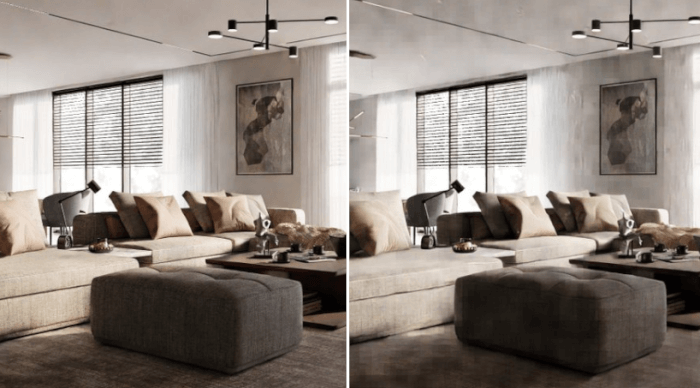
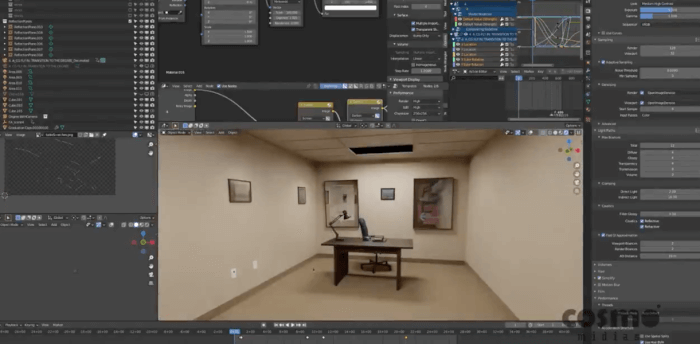
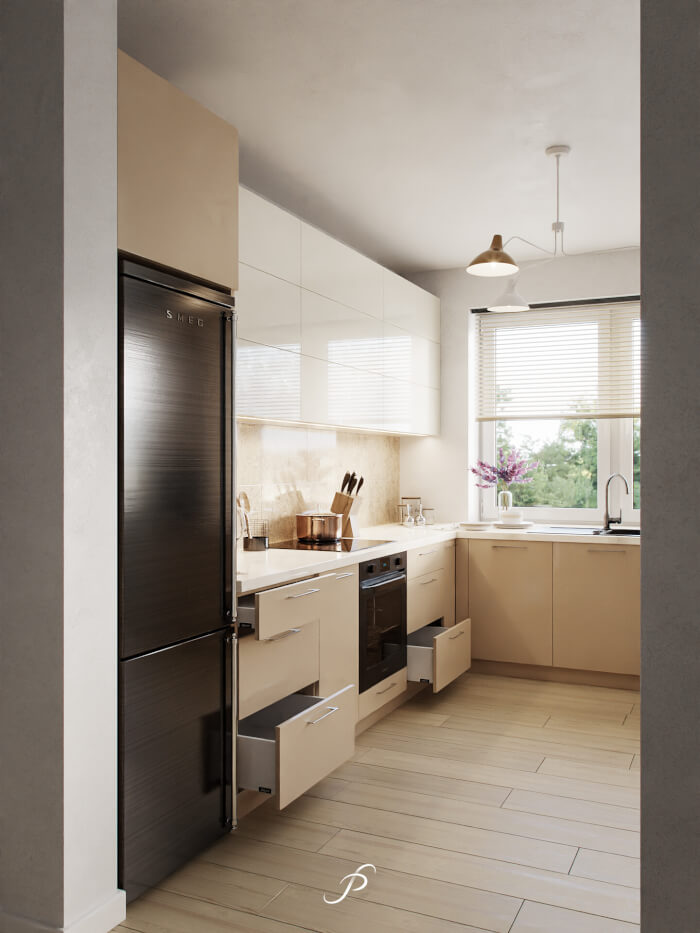
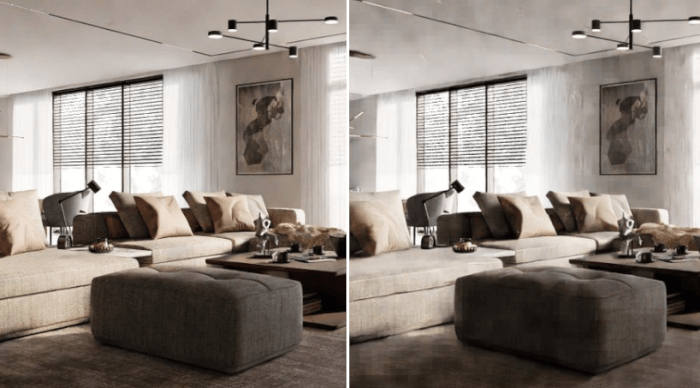

Blender does not support Nvidia Pascal at this time. Now it would be much faster.